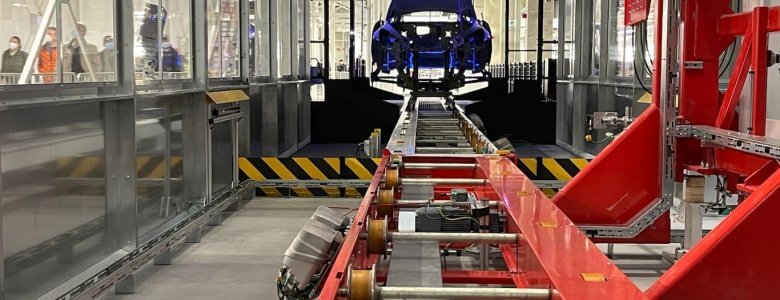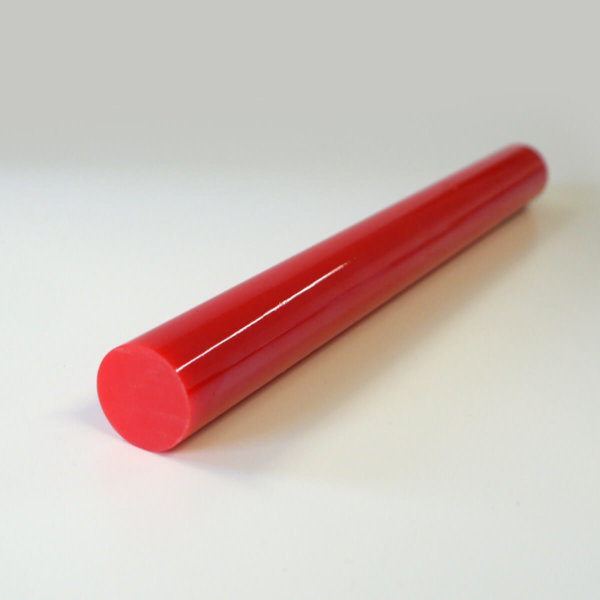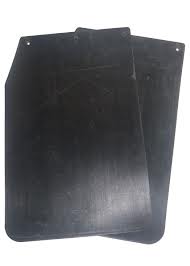The short answer to ‘What is polyurethane used for?’, is anything that needs to be durable, with accurate dimensions and tensile properties. Here we’ll focus on the most common industrial applications for polyurethane and why it’s the first choice for a lot of material specifiers.
As it’s such a versatile material, each industrial sector would have its own response to the query ‘What is polyurethane used for?’. It’s now the material of choice for a highly diverse range of parts, components and structures.
Though it can be manufactured in a wide variety of forms, including foams and adhesives, we are going to focus on cast polyurethane in this article. This is the high-performance elastomer modern industry increasingly depends on.
Cast PU is undoubtedly a ‘problem solver’ in creating flawlessly accurate parts. By choosing a polyurethane manufacturer with a strong focus on R&D, you can innovate or reverse engineer in limitless ways.
Specifiers often switch to PU due to its advantages over alternative materials, including rubber, plastic and metal, but after that, what is polyurethane used for?
Polyurethane uses by Industry
Solutions for aerospace
Reliability is always key when specifying prototypes or multiple-part manufacturing. It certainly tops the list of priorities for aerospace companies. They depend on parts that keep their integrity in extreme environments, and in the face of intense pressure, friction and vibration.
This has led to the increasing use of cast PU for such items as fueling parts, thrust washers and bend restrictors, as well as for highly durable bump stops and effective curling rings.
Polyurethane in agriculture
This is another sector reliant on PU’s ability to remain impervious to temperature changes, and a wide range of contaminants. It can also be cast with highly specific levels of malleability and movement potential, according to the tasks the parts perform.
For example, agricultural machinery engineers use polyurethane for mud flaps with a degree of flex, and scraper blades operating in demanding conditions. It’s also an ideally rigid material for such items as star wheels and bend restrictors, facing intense loads and pressure.
Read more:What is MOCA in Polyurethane?
Automotive uses for PU
This was one of the earliest sectors to appreciate the benefits of custom PU. Engineers and designers were keen to find alternative materials to rubber and metal, to cut costs and improve vehicle reliability and performance.
Polyurethane is used for an ever-widening variation of parts on vehicles – not just those used on roads – as it’s ideal for mud flaps, bump stops and guide wheels. Among the other places polyurethane is used within vehicles are magnetic sensor housing, track idlers, and task-specific bushing components.
PU uses in engineering
This has been partly answered by looking at other industrial applications for polyurethane, but there are many more engineering uses. PU can be specified to be a substantial way to stop the force, a highly efficient way to move things along, and an impressive load bearer. Examples include wheels of all shapes and roles, used on everything from forklift trucks, to guide wheels to support delicate materials.
You will also find Polyurethane as the material of choice for cutting sticks, ladder hooks, gaskets, rods and tubes, along with conveyor belts and Diablo rollers, to name but a few.
Leisure industry uses for PU
Choosing a polyurethane manufacturer willing to innovate can be vital. This includes experimenting with parts for the diverse leisure sector.
For instance, custom moulded polyurethane can craft size-specific rollers and sling separators for ski slopes, or robust castors and wheels for boat hauling equipment. The possibilities are endless and even colour matching is easy.
Mining and Quarrying applications
It’s obvious that polyurethane’s incredible strength and resistance factors make its use ever more common for mining and quarrying tasks. PU provides 100% reliability for applications such as impact bars and pads, and quarry screens.
Polyurethane in the Gas & Oil sectors
Its crucial combination of long-term durability and environmental resistance also makes polyurethane ideal for parts that need to perform in exposed or saltwater locations, as well as under intense weight, pressure or friction.
So, applications for polyurethane include maritime and rig-based bend restrictors, Diablo rollers, blocks, stops and dry dock gate rollers, for example. Lightweight but dependable Anti-Viv strakes for off-shore locations are also increasingly cast from polyurethane.
Paper, cardboard and textile manufacturing
Unrivalled versatility means that PU can fulfil heavy-duty tasks in extreme weather conditions, but it can also be used for intricate parts in delicate processes. This includes textile, paper and board machinery anvil covers, covered and sun feed rollers, soft touch wheels and cutting sticks.
Polyurethane Street Furniture
The options to colour polyurethane and create intricate designs, make it a favoured material for aesthetic street furniture in both private and public landscapes. However, its incredible strength and weather resistance also makes it ideal for in-ground bollard housing, sensor housing and street bollards, for example.
Wheel and roller applications for PU
Polyurethane is clearly in demand for a myriad of wheel types. That includes everything from cable drum rollers and heavy-duty machinery wheels to small guide wheels, spokes, track idlers and conveyor rollers.
How is polyurethane used in your company?
These are just some of the current industrial uses for polyurethane. It’s over to you now, to work with the design team at Custom Moulded Polyurethane to create a part that gives you all the right answers.
Want to find out how much it will cost to make your products?




